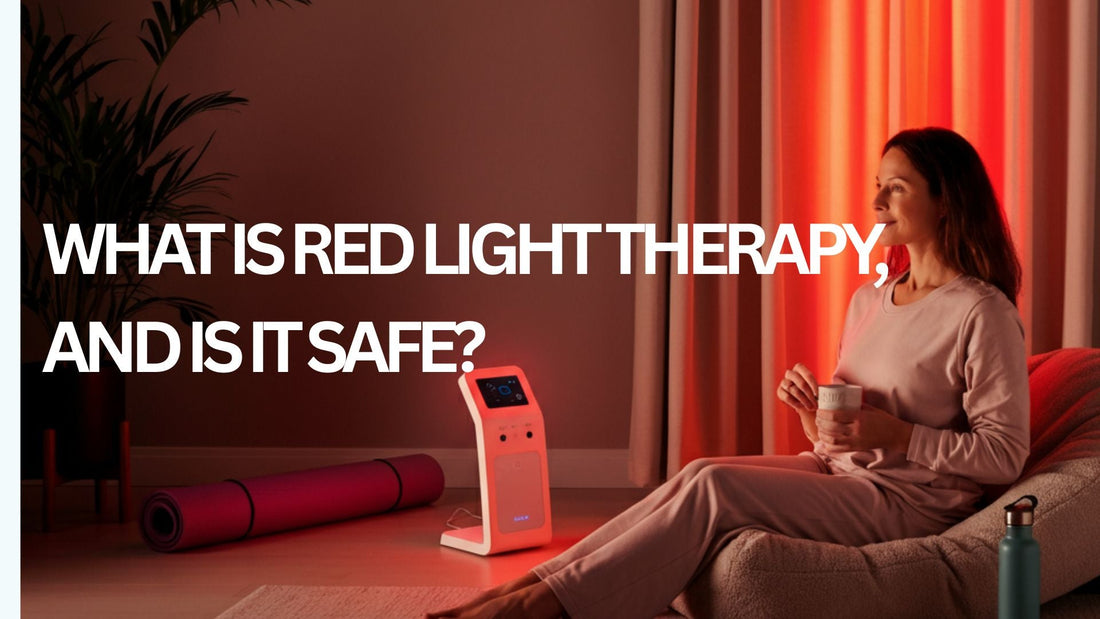
Red light therapy, also known as photobiomodulation or low-level light therapy, has become increasingly popular—not just in clinics, but especially for at-home use. But what exactly are the benefits? And perhaps most importantly, can red light therapy cause cancer? Let’s explore.
What is Red Light Therapy?

This non-invasive therapy uses near-infrared light from LEDs or low-energy lasers to stimulate cellular repair and regeneration. At-home devices now include masks, panels, wands, and even full-body beds, making it easier than ever to experience the benefits.
5 Science-Backed Red Light Therapy Benefits

1. Reduce Signs of Aging
Red light therapy can target dark spots, wrinkles, and skin laxity. Consistent sessions promote smoother, healthier-looking skin.
2. Encourage Hair Regrowth
Devices such as caps and helmets stimulate hair follicles, encouraging regrowth and thickness in some people experiencing thinning hair.
3. Minimize Acne
Red light reduces inflammation and supports skin healing, making it effective for lowering breakouts and calming acne-prone skin.
4. Improve Cognitive Function
Some studies suggest red light therapy may enhance memory and cognitive performance, particularly in people with mild cognitive decline.
5. Ease Chronic Pain
By reducing inflammation and improving circulation, red light therapy can help with conditions like arthritis, joint stiffness, and back pain.
Can Red Light Therapy Cause Cancer?

The big question many people ask is: can red light therapy cause cancer? Current research shows no evidence that it does. Unlike UV light, which is a known carcinogen, red and near-infrared light do not damage DNA. In fact, some studies are exploring how it might even support cancer treatment by boosting cellular health.
That said, if you have a history of skin cancer or other medical conditions, it’s best to consult a healthcare professional before starting red light therapy at home.
Safety Tips for At-Home Use

Choose FDA-cleared or medically reviewed devices.
Follow the manufacturer’s guidelines for duration and frequency.
Use protective eyewear if the device instructions recommend it.
Consult a doctor if you’re taking medications that increase light sensitivity or if you have concerns about skin conditions.
Closing Thoughts
Red light therapy benefits range from skin rejuvenation to pain relief and even potential cognitive support. With safe devices now available, red light therapy at home has become a practical way to incorporate wellness into your daily life. And while no evidence links it to cancer, using it responsibly and seeking medical advice when necessary ensures both safety and results.
